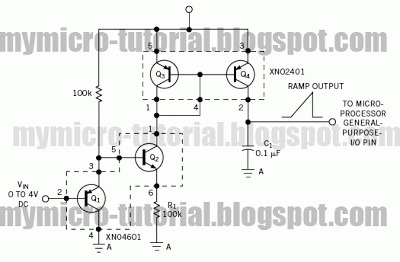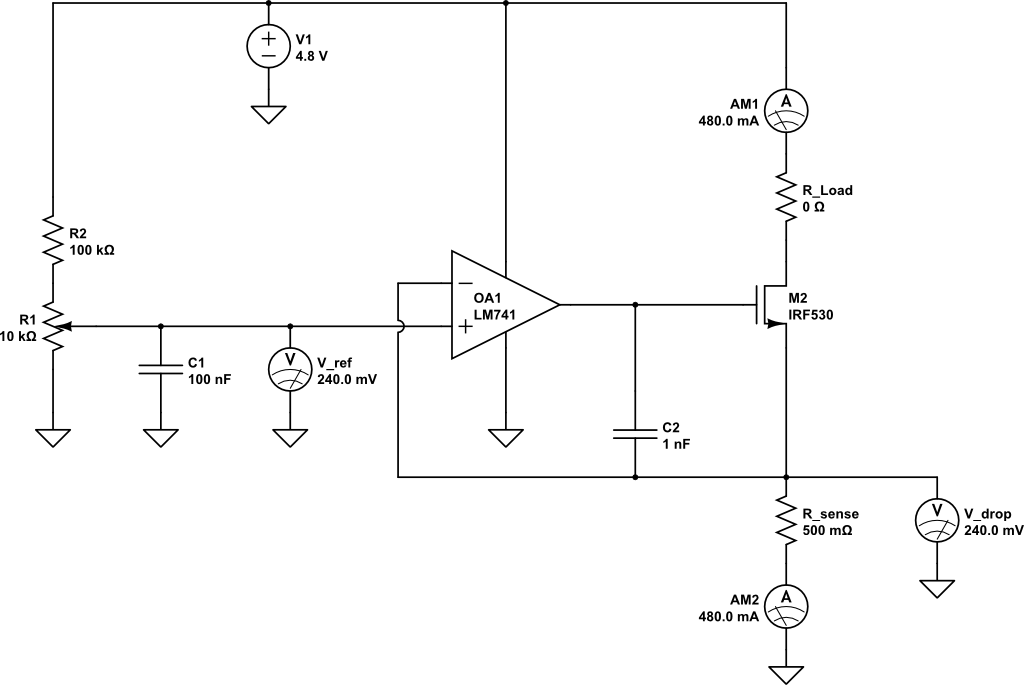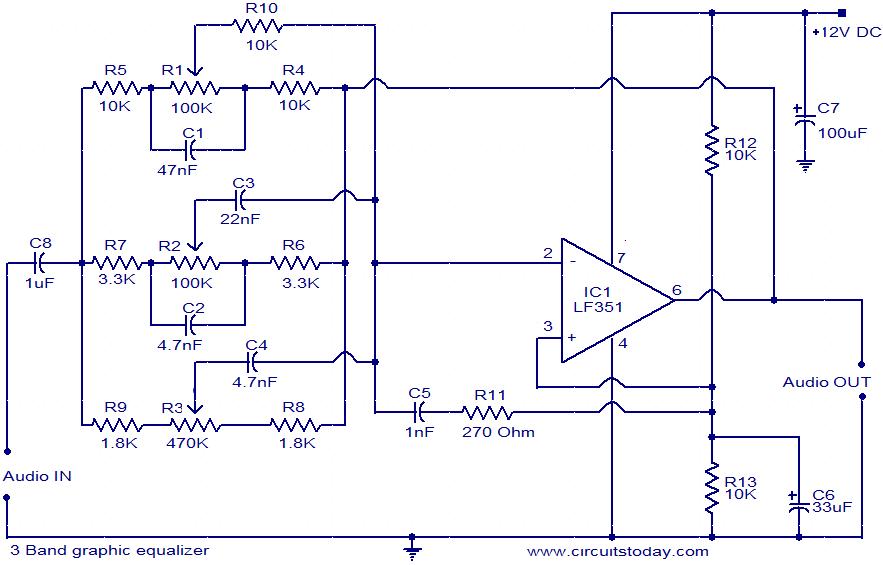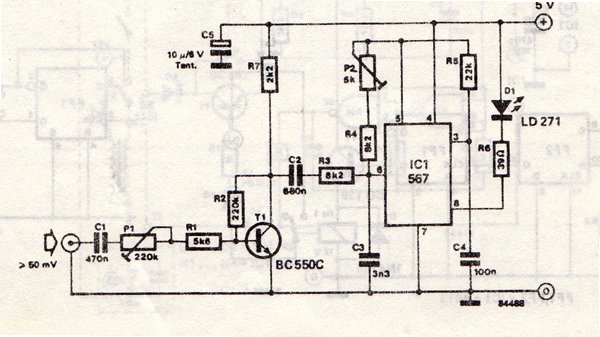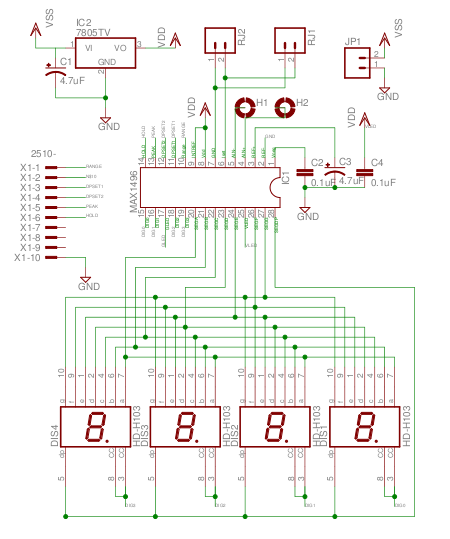
Constructing Voltmeter Monitor Circuit using LM3914
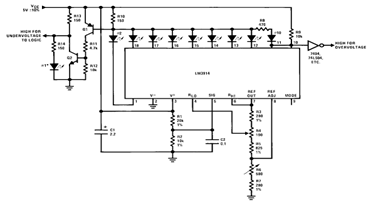
By utilizing several resistors, LEDs, and the LM3914 bar/dot display driver IC, it is possible to create a straightforward 5V voltmeter monitor circuit. This circuit offers TTL-compatible undervoltage and overvoltage warning signals. A complete circuit schematic is available below.
The described circuit leverages the LM3914 integrated circuit, which is designed to drive LED displays in either bar or dot mode. In this application, it serves as a voltmeter to monitor voltage levels and signal when they fall outside predefined thresholds. The circuit operates at a supply voltage of 5V, making it suitable for various low-power applications.
The input voltage is fed into the LM3914, which compares it against a reference voltage set by a voltage divider composed of resistors. This reference voltage determines the thresholds for undervoltage and overvoltage conditions. When the monitored voltage exceeds the upper threshold, the LM3914 activates the corresponding LEDs to indicate an overvoltage condition. Conversely, if the voltage drops below the lower threshold, different LEDs will light up to signal an undervoltage condition.
Resistors in the circuit are crucial for setting the reference voltage and limiting current through the LEDs, ensuring they operate within safe parameters. The choice of resistor values will affect the sensitivity and accuracy of the voltage monitoring. Additionally, the circuit can be enhanced by including a microcontroller or additional logic gates to process the warning signals further, enabling integration into larger systems or triggering alarms.
Overall, this simple voltmeter monitor circuit is effective for real-time voltage monitoring and provides visual feedback through LED indicators, making it a valuable tool for various electronic applications.With a few resistors, LEDs and using a LM3914 bar/dot display driver IC we can construct a simple 5V Voltmeter Monitor Circuit which provides TTL-compatible undervoltage and overvoltage warning signals. A complete circuit can be shown in the schematic below 🔗 External reference
The described circuit leverages the LM3914 integrated circuit, which is designed to drive LED displays in either bar or dot mode. In this application, it serves as a voltmeter to monitor voltage levels and signal when they fall outside predefined thresholds. The circuit operates at a supply voltage of 5V, making it suitable for various low-power applications.
The input voltage is fed into the LM3914, which compares it against a reference voltage set by a voltage divider composed of resistors. This reference voltage determines the thresholds for undervoltage and overvoltage conditions. When the monitored voltage exceeds the upper threshold, the LM3914 activates the corresponding LEDs to indicate an overvoltage condition. Conversely, if the voltage drops below the lower threshold, different LEDs will light up to signal an undervoltage condition.
Resistors in the circuit are crucial for setting the reference voltage and limiting current through the LEDs, ensuring they operate within safe parameters. The choice of resistor values will affect the sensitivity and accuracy of the voltage monitoring. Additionally, the circuit can be enhanced by including a microcontroller or additional logic gates to process the warning signals further, enabling integration into larger systems or triggering alarms.
Overall, this simple voltmeter monitor circuit is effective for real-time voltage monitoring and provides visual feedback through LED indicators, making it a valuable tool for various electronic applications.With a few resistors, LEDs and using a LM3914 bar/dot display driver IC we can construct a simple 5V Voltmeter Monitor Circuit which provides TTL-compatible undervoltage and overvoltage warning signals. A complete circuit can be shown in the schematic below 🔗 External reference
